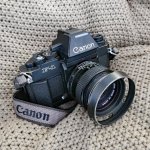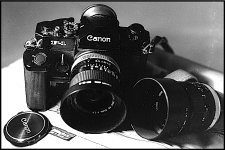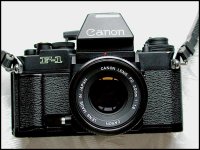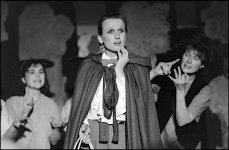- Messages
- 2,568
- Name
- Keith
- Edit My Images
- Yes
I've been watching old footage of world cups in the run up to this years event and it got me thinking.
That famous photo of Maradona, clearly handling the ball as Perter Shilton went to punch it, I remember it being on the front of all the papers the next morning.
So it got me wondering, what would have been the top pro cameras for the sports photographers back in 1986 ?
That famous photo of Maradona, clearly handling the ball as Perter Shilton went to punch it, I remember it being on the front of all the papers the next morning.
So it got me wondering, what would have been the top pro cameras for the sports photographers back in 1986 ?







